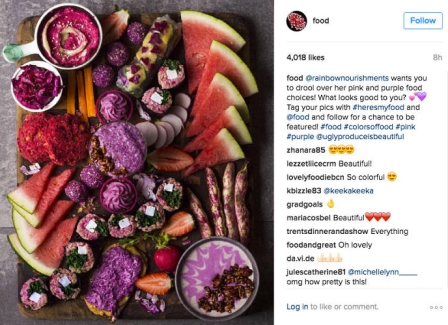Instagram’s Evolution As A Business Platform
Instagram is a go-to app for sharing lifestyle photos of brunches, sunsets, and pets, and it’s helped breed a new kind of Internet star: an influencer/tastemaker. These people have hundreds of thousands of followers, and use that clout to make money from brands.
But now, other smaller businesses and advertisers, who may not be looking for worldwide virality, are turning to the platform to make bank, and it’s becoming a crowded space. As a result, Instagram has been trying to become as amenable a platform as possible for businesses and advertisers. Here’s how.
How Business Evolved On Instagram
Over the years, a new market has formed where brands team up with individual influencers to form ad deals. Popular fashion and food accounts began to see future standalone businesses by doing this.
Instagram is a smart platform for these types of accounts. Styled photos of beautiful objects easily attract eager audiences, and those at the beginning were able to entice brands to pay money for product placement. For example, Liz Eswein, who’s behind the popular Instagram handle @NewYorkCity, told the Guardian two years ago that for a sponsored brand deal, she charges $1 per like for each image along with “a separate fee based on the number of images she takes.” This was in 2014, when this sort of market was nascent. Now some people charge flat fees for promotions, and others receive gifts in exchange for sponsored posts. But slowly, with more people entering the fray, the economy is changing.
Related: Inside The Weird And Wonderful World Of Instagram Pet Influencers
In a recent Digiday story, an anonymous social media executive shared his company’s experience with one of these sponsorships, saying “we threw too much money at [the influencers] and did it too quickly.” These in-app entrepreneurs began to court companies in 2014 and, according to the article, now expect “hundreds of thousands of dollars” despite a crowded space. Smaller businesses are now turning to Instagram to reach their own niche market, without the funds (or even the desire) to pay an influencer to hype their product.
This kind of vastly expanding new market shouldn’t necessarily come as a surprise. Any way to connect with millions of users is a new way to advertise and make money. But apps like Instagram are interesting, because historically they’ve been a great equalizer, at least in how they are used. Both businesses and influencers share the same interface when posting an image. And for many who have been using the app for years, this made for operational hiccups.
One Profile For All Uses
Using a social media platform created for individuals for a business account is bound to raise user issues. For instance, I’ve reported before about a popular Instagram business that was hacked. The profile had hundreds of thousands of followers, and the owner found herself unable to log in after hackers seized her account. While the problem was fixed after a few days, it caused many businesses to realize that the platform handled things for money-making organizations in the same way that it does for ordinary users.
While security problems and business platforms are separate issues, I’ve talked with some users who said they were uncomfortable with the the lack of control they had over their account. Instagram maintains that all security issues are handled in an expedient manner, and it has nothing to do with what sort of account it is. But it does highlight a potential pain point for using what has generally been considered a consumer platform for business use.
New Tools
Last month, Instagram rolled out a suite of new tools for businesses so that they could better use the app as an ad platform, eight months after announcing that any kind of business could launch ad campaigns. It allowed businesses to refine their profiles, along with the ability to gather information about how people are interacting with their brand.
According to James Quarles, Instagram’s head of business and brand development, his team saw an opportunity to scale businesses on the platform. Currently there are about 200,000 businesses using Instagram as an ad platform, and his team has been working to figure out the best way to help them scale.
The ultimate issue, says Quarles, is that businesses wanted to have “more of a presence and the ability to be found.” Furthermore, his team felt it was necessary to finally give businesses a different type of account to give them more control, so that they could better use Instagram as a paid ad platform.
“We need to provide tools,” he says, to help both big and small businesses figure out how best to use Instagram to catch users’ eyes. While influencers have been honing this skill for years, this new suite of tools will help businesses attempt to do the same without the trial and error. It gives businesses a standalone profile different from individual users that includes contact information and other pertinent info. Instagram is also letting businesses better track how their posts do, and gives them more ways to promote content.
At the same time, there’s a possible friction between the two economies. While Instagram says these new tools are to provide better control for smaller businesses, it’s also a way to re-exert its control on the platform. Influencers rely on their own reach and network of followers to be considered a viable marketing tool. Agencies have formed that bring these accounts together to help sell their services to companies looking to advertise. In a sense, says Quarles, this is “subverting the system.”
“We think that advertisers and businesses need to proceed with caution because they don’t get the same transparency of who that network is,” he says.
Diverging Business Opportunities
I talked with Sarah Phillips, who runs the Instagram account @food. While her account was an early food account hit, amassing almost half a million followers, she has since moved away from being an influencer. Why? She says, the market is too crowded and the money is drying up.
In the early days, she was able to form partnerships with brands who were attracted to her large Instagram following and her generic account handle. She had built a popular food blog, and figured out how to leverage that knowledge to promote products on her Instagram account.
But things have changed now that hundreds of users consider themselves “influencers” and agencies have formed to attempt to match them with brands. This has caused the value to decrease significantly over the last year. “Brands expect more things for free,” she says, “the PR agencies expect more things for free.” Now, she focuses on consulting.
The mantra for businesses on these sorts of platforms seems to be: Constantly evolve. Phillips says her career has been one of learning the ropes of new technologies, mastering them, and then moving on. Thus, this facet of Instagram may be waning a bit. And these new controls implemented by Instagram could be heralding this change. Now the platform is allowing for smaller businesses to tailor ads to their needs. They can target more accurately based on demographic and location. Virality isn’t the only thing businesses on Instagram need anymore, and that could change the earlier platform pioneers.
Indeed, many influencers are looking to other opportunities. For example, a recent AdWeek story featured popular Instagram businesses that were looking toward other ad opportunities—namely Snapchat. “I have way more followers on Instagram, but I think [Snapchat is] so much more personal. People who watch my Snapchat stories aren’t just followers—they’re really engaging with me and care about what I’m doing in my day-to-day life,” says Jackie Gebel, the person behind No Leftovers, told AdWeek.
Instagram says it wants to have as many businesses use the platform as possible, big or small. Over the last few years, it’s been keeping track of what accounts have been doing, and these new tools are meant to offer better control and insights. Quarles says the hope is to give more businesses visibility: “We certainly have been on this path of becoming a great marketing tool for businesses.”
For others, the money is no longer there, since the market is so saturated. “They’ve kind of ruined the market,” says Phillips.
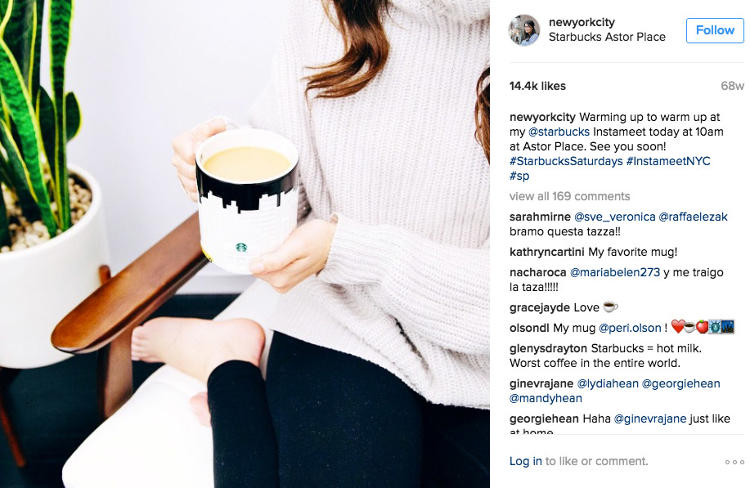
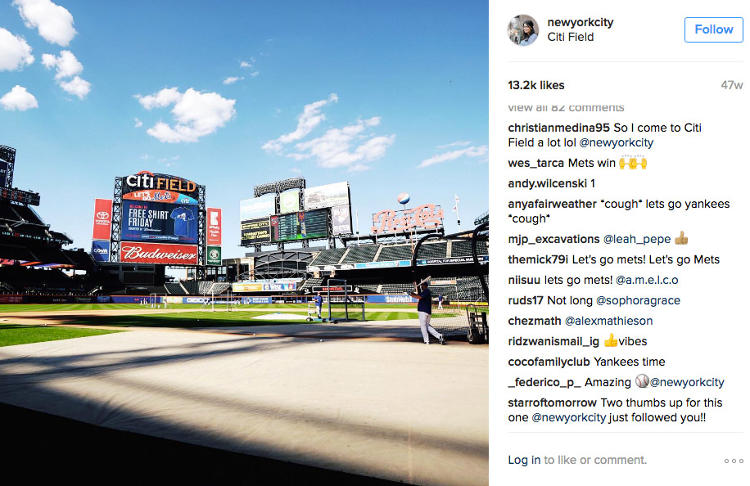

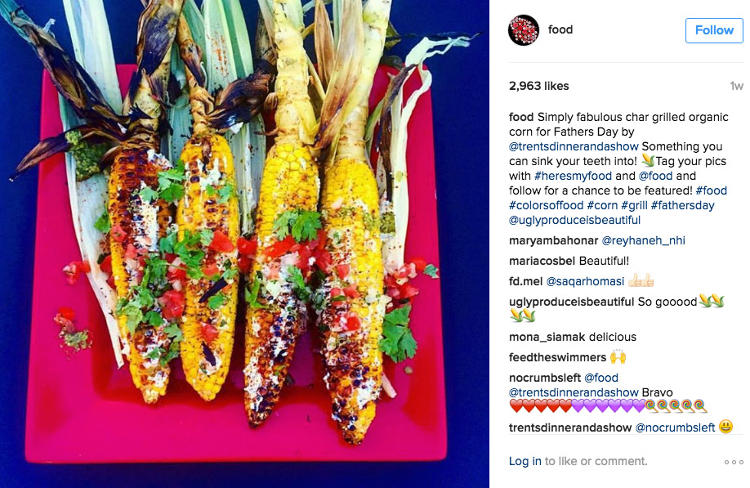
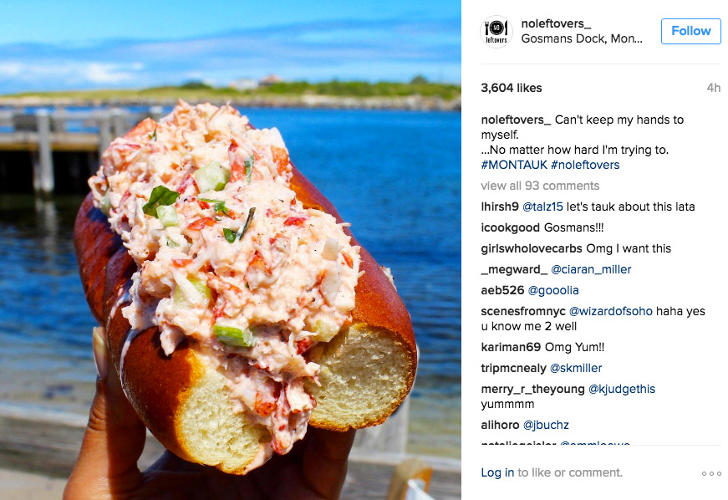
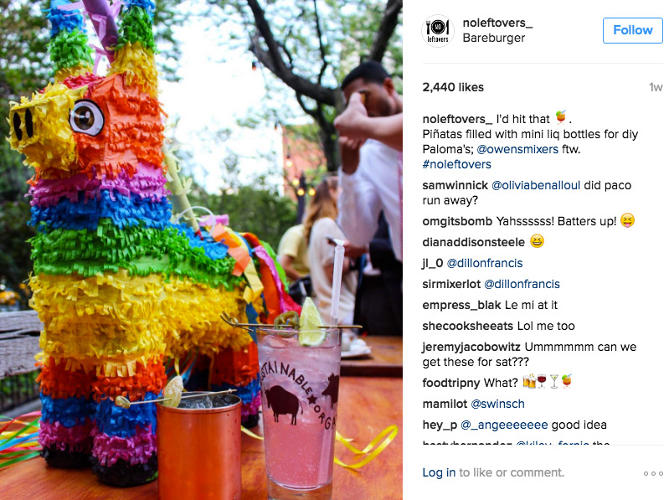
Fast Company , Read Full Story
(70)

